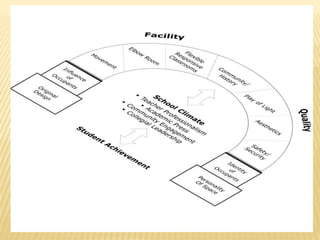Multiple case studies
- 2. THE SCHOOL PHOTOGRAPHY PROJECT
- 3. SCHOOLS AS SIGNIFICANT PLACES BUILDING IDENTITIES
- 5. BACK TO LITERACY – TERSG  Teacher Education Research Study Group (TERSG)
- 6. IRA STANDARDS FOR READING PROFESSIONALS, 2010 Standard 1: Foundational Knowledge ÔÉí Standard 2: Curriculum and Instruction ÔÉí Standard 3: Assessment and Evaluation ÔÉí Standard 4: Diversity ÔÉí Standard 5: Literate Environment ÔÉí Standard 6: Professional Learning and Leadership ÔÉí
- 7. PHASE I (TEACHER PREPARATION) ÔÉí Research Questions: 1. How do nine teacher preparation programs prioritize the IRA Standards for Reading Professionals and how are these priorities similar? 2. What are the signature aspects and underlying influences of each literacy teacher preparation program and how are they similar? 3.What is the stated learning of teacher candidates in these programs (declarative knowledge)?
- 8. FINDINGS FROM PHASE I Signature Aspects: Theory into practice, Balanced literacy, and Assessment to inform instruction ÔÉí IRA Standards: ÔÉí ÔÉâ Highest congruence--Literacy curriculum and instruction ÔÉâ Lowest--diversity ÔÉí 70% congruence: What is taught in the program and what candidates say they learned
- 9. PHASE II: DURING STUDENT TEACHING
- 10. PHASE II: FINDINGS Cross case analysis ÔÉí Strongest emphases in student teaching were attained in IRA Standard 2 (curriculum and instruction) and Standard 5 (literate environment) ÔÉí Weakest areas were Standard 4 (diversity) and Standard 6 (professional learning and leadership) ÔÉí Mitigating factors ÔÉí
- 11. PHASE III: THE FIRST YEAR OF TEACHING Research questions 1. To what extent are the high priority signature aspects and IRA Standards enacted by novice teachers? a) What mitigating and other factors exist? b) How have novice teachers adapted what they learned in their preparation programs? 2. How is student literacy learning evidenced in the novice teacher’s classroom? a) How does the novice teacher interpret assessment data? b) How does the novice teacher characterize student learning? 3. What is the congruence between the extent of the novice teacher’s use of signature aspects and student learning?
- 12. INITIAL FINDINGS What did the two studies have in common ÔÉí What was different methodologically between the two studies? ÔÉí
- 13. CONTACT AND LINK Thomas DeVere Wolsey ÔÉí TDWolsey@msn.com ÔÉí ÔÉí https://app.box.com/UNR













